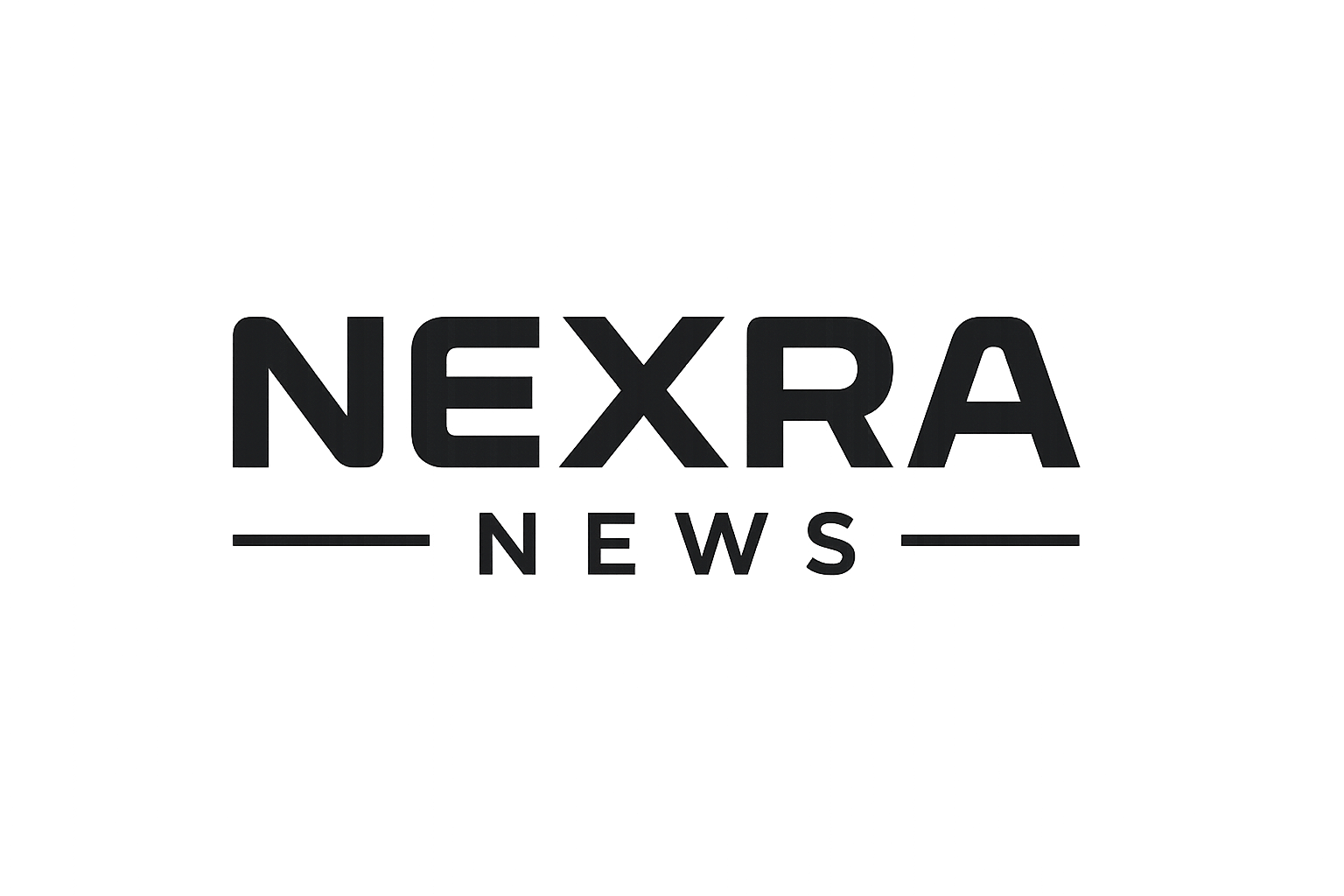Activision Issues Official Statement on Black Ops 7 AI Art Accusations
Call of Duty: Black Ops 7 is barely out of the gate and already in the center of a storm—this time over allegations that some in-game visuals were produced with generative AI. Social posts have zoomed in on calling cards, prestige icons, and assorted UI motifs, pointing to telltale inconsistencies and pattern artifacts as supposed proof. In response, Activision has issued an official statement: the company acknowledges the use of digital tools, including AI, within production, while emphasizing that its creative process is led by human teams across its studios.
That reply won’t end the debate. But it reframes it around the realities of modern AAA development: massive scope, ever-shorter timelines, stricter budgets, and a content treadmill that demands both scale and cohesion. Here’s what’s actually on the table, what the community is worried about, and where this conversation inevitably goes next.
The Accusation: AI Fingerprints in Black Ops 7’s Visuals
The controversy centers on iconography and 2D assets—the kind of art that quietly permeates shooters but rarely gets a spotlight. Players flagged:
Prestige and Calling Card designs with repeating micro-patterns or anatomy-like motifs that don’t fully track with hand-drawn conventions.
Texture transitions that look “too smooth” in one place and “too noisy” in another, suggesting diffusion-model quirks.
Typography-adjacent shapes and emblems where kerning-like spacing or edge fidelity shifts between frames.
None of this is conclusive on its own. Artists mix vector, raster, 3D bakes, photo scans, and procedural tools every day. But in 2025, the mere hint of AI is enough to ignite scrutiny, especially when the Steam store page includes an AI usage disclaimer (“our team uses generative AI tools to help develop some in-game assets”). For critics, that’s an admission; for the studio, it’s a compliance and transparency checkbox.
Activision’s Position: AI as an Assist, Not an Author
The publisher’s response lands on a familiar fulcrum: AI is a tool, humans are the authors. Practically, that means creative direction, moodboards, style guides, paintovers, approvals, and branding still come from people, even if prototype imagery, pattern exploration, or batch variations leverage AI during early passes. The statement aligns with how major studios talk about AI today:
Block-in and ideation: Use models to explore shapes, color harmonies, and silhouettes quickly.
Reference and variation: Generate candidates to stress-test style language; pick none, one, or combine many; then hand-craft.
Production and polish: Human artists execute final assets, ensuring brand fidelity, consistency, and technical compliance (mipmaps, PBR values, HDR comfort, safe zones).
This pipeline is not a shortcut to artistry; it’s an attempt to compress iteration cycles. The catch is perception: if the end result looks AI-ish—overly glossy gradients, mushy micro-detail—players will assume the tool did the heavy lifting, whether or not that’s true.
Why the Steam Disclaimer Matters (and Doesn’t)
Stores increasingly require AI disclosure. The Black Ops 7 page acknowledges generative tools were used “to help develop some in-game assets.” That phrasing is intentionally broad:
It covers mockups, temp art, ideation frames, not just shippable pixels.
It doesn’t specify which assets shipped with AI contributions or how heavily they were edited.
It satisfies platform rules without inviting a line-by-line audit.
For players, the disclaimer validates suspicion; for legal and platform teams, it’s a risk control measure. Neither side is likely to budge. Expect this to be the new normal: studio statements that stress human oversight and platform checkboxes that keep regulators and storefronts comfortable.
The Real Stakes: Trust, Consistency, and Credit
The visual identity of Call of Duty is tightly curated. Even minor art feels consequential when it’s bound to progression systems (prestige, mastery) and social signaling (calling cards, emblems). Three pressure points define the current backlash:
Authenticity: Players want to believe the badge they grind for was crafted, not conjured.
Consistency: Icon sets must look like they belong to the same timeline, factional language, and art bible—AI outputs can wander off-style if they aren’t rigidly guided.
Credit: Artists—internal and contract—deserve to see their work recognized, not blurred by a “tool did it” narrative that flattens months of iteration into a single label.
If studios want this discourse to cool down, they’ll need to show consistency across sets, tighten quality bars where players found seams, and communicate clearly about process without turning internal pipelines into public roadmaps.
What “Human-Led” Should Look Like in Practice
“Human-led” isn’t a slogan; it’s a checklist:
Locked style guides and palette rules that pre-empt model drift.
No raw model outputs shipped without paintover, redraw, or vector reconstruction.
Source compliance: no training on copyrighted or crowd-sourced datasets that violate licensing; maintain dataset provenance logs.
Audit trails on shippable art: who authored, who reviewed, which tools, which edits.
Consistency passes before submission: check edge quality, noise patterns, type fidelity, icon silhouettes against brand guidelines.
Attribution policies: internal crediting that reflects human labor, even when ideation used AI prompts.
If a studio can demonstrate those controls, “we used AI as one of many tools” sounds less like an evasion and more like sensible production hygiene.
Why AI Isn’t Disappearing from AAA Pipelines
Ignoring the tech won’t put it back in the bottle. Studios face:
Aggressive content demands (seasonal cadences, live events, battle passes).
Budget pressure (more content, fewer months, flat headcount).
Higher fidelity bars (4K textures, HDR-safe UI, multi-input readability, accessibility variants).
Under those constraints, teams will continue to use procedural generation, diffusion models, upscalers, and code copilots. The path forward isn’t prohibition; it’s policy—clear red lines, QA gates, and a commitment that final art direction remains human.
What Would Calm This Specific Fire
A focused art patch: Tighten any misaligned icons—edge clean-up, noise normalization, silhouette tweaks—to demonstrate quality control.
Process clarity without overexposure: A brief studio blog laying out art bibles, review steps, and paintover requirements—no tool wars, just standards.
Artist spotlights: Show the people behind key visual sets, their sketches, vectors, and paintovers. Let the community see the craft.
Future-facing policy note: Commit publicly to human-led final art and licensed/first-party training sources for any generative toolchains.
Those aren’t PR theatrics; they’re trust-building moves that respect both the audience and the artists.
What Players Should Do With This Info
Separate suspicion from proof. Visual quirks aren’t courtroom evidence; they’re prompts for better QA.
Aim feedback at outcomes. If an icon looks off—call out specifics (edge stair-stepping, haloing, inconsistent line weight) so a fix is actionable.
Hold studios to their own words. “Human-led” should be visible in style cohesion and final polish, not just in a press line.
The Bottom Line
Activision’s statement plants a familiar flag: yes, AI tools are present; no, they are not the author. That distinction matters, but it only resonates if the shipped work looks and feels authored—cohesive, deliberate, and on-brand. Black Ops 7’s iconography earned scrutiny because it sits at the intersection of player identity and studio craft. The quickest way out is the same as always in live games: fix what looks wrong, show your standards, and credit your artists.
AI isn’t the villain; sloppy outputs are. If the studio’s controls are as strong as its statement implies, the art will speak for itself—and the conversation will move on to where it belongs: the game.


